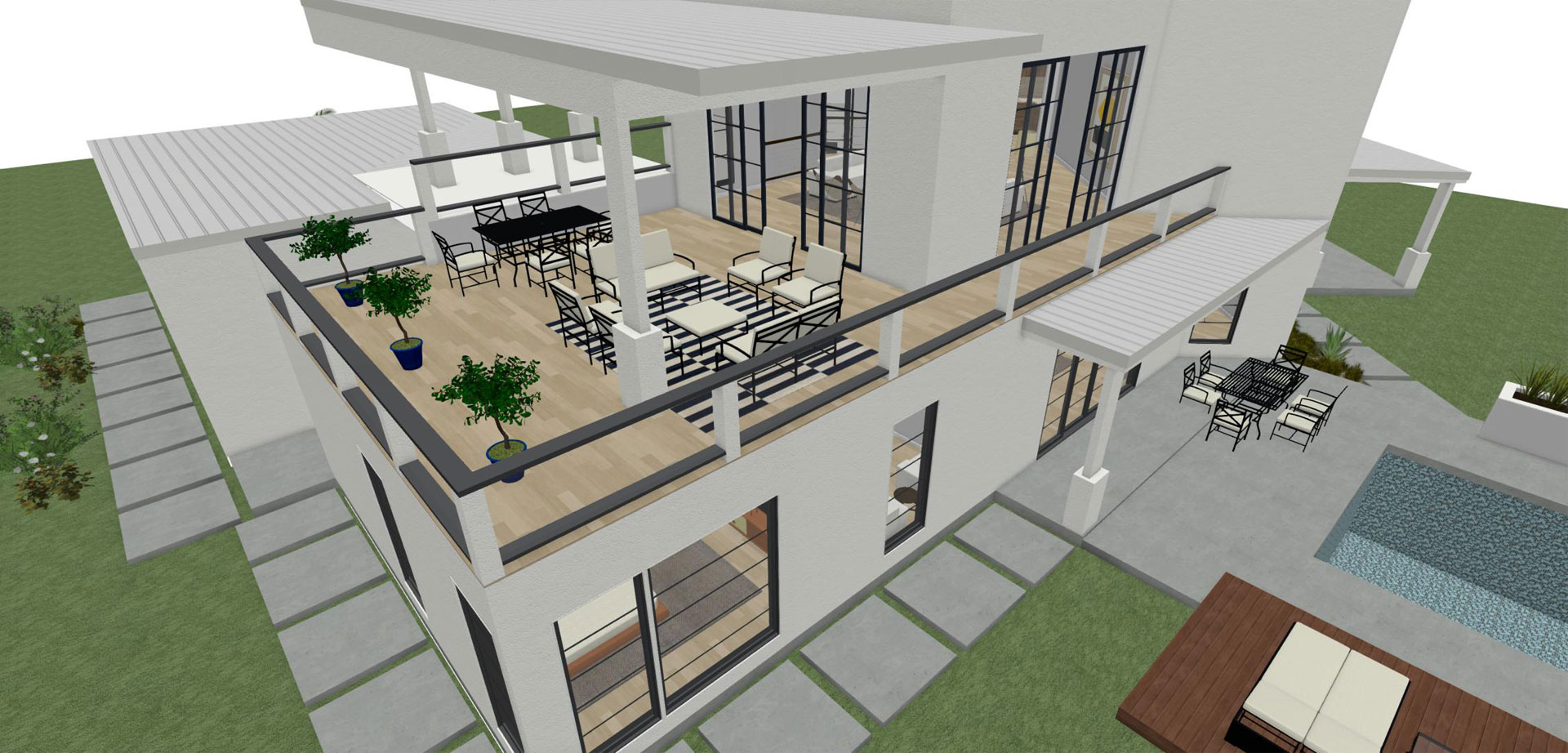Discover Cutting-edge Designs with Leading CDA Architects for Your Following Job
Discover Cutting-edge Designs with Leading CDA Architects for Your Following Job
Blog Article
An Extensive Review of Architectural Styles and Their Influence on Modern City Planning and Advancement
Architectural designs have long served as a mirror to the social values and technological innovations of their time, playing an essential role in forming modern-day city preparation and advancement. From the majesty of Neoclassicism to the practical strategy of Brutalism, each design has introduced one-of-a-kind concepts that influence metropolitan aesthetic appeals and functionality.
Historic Review of Architectural Designs

As cultures transitioned via the Center Ages, Gothic design arised, defined by its verticality and detailed describing, mirroring the spiritual ambitions of the period. The Renaissance noted a revival of classical suitables, merging art and architecture in innovative methods that affected subsequent designs throughout Europe.

Today, building styles proceed to develop, driven by globalization and sustainability issues, reflecting a dynamic interaction between heritage and development. This historic summary highlights the significance of architecture as a mirror of societal development and as a catalyst for urban growth.
Key Architectural Styles Explained
The diversity of building styles mirrors the myriad impacts that shape our constructed setting, each symbolizing unique features and cultural significances. Trick building styles include Classical, Gothic, Baroque, Innovation, and Postmodernism, each representing special historic contexts and aesthetic ideologies.
Classical architecture, rooted in ancient Greece and Rome, emphasizes balance, percentage, and using columns (cda architects). In contrast, Gothic architecture, thriving in the Center Ages, is characterized by pointed arches, ribbed safes, and flying buttresses, creating an aerial high quality in cathedrals. Baroque design, emerging in the 17th century, is marked by splendour, fancy embellishment, and a dynamic interaction of light and darkness
Innovation, which got momentum in the very early 20th century, focuses on function over kind, utilizing brand-new materials like steel and glass to develop minimalist frameworks. Postmodernism, responding versus the austerity of Modernism, accepts eclecticism and historic recommendation, frequently integrating spirited components and paradox.

Effect On Urban Planning
In shaping the development of cities, architectural styles considerably influence urban preparation choices. The choice of building style frequently determines the aesthetic appeals, performance, and total character of city atmospheres.
In addition, architectural styles can influence zoning regulations and land make use of policies. Urban organizers need to think about the dominating architectural trends when developing areas, ensuring that new growths integrate with existing structures. This factor to consider promotes cohesive metropolitan landscapes and enhances area identification.
The execution of particular architectural styles can likewise influence socioeconomic variables within continue reading this a city. High-end contemporary designs may bring in wealthy citizens and services, leading to gentrification, while extra affordable housing services might news prioritize sensible and sustainable styles to fit varied populaces. cda architects. Inevitably, the interplay in between architectural designs and urban preparation develops vibrant cities that mirror both historical context and modern requirements, forming the lived experiences of their citizens
Sustainability and Modern Style
Building styles play a critical function in attending to contemporary obstacles, especially in the world of sustainability. As city areas increase and ecological problems increase, contemporary design increasingly welcomes sustainable style principles that focus on power efficiency, source conservation, and minimal eco-friendly influence.
Contemporary building motions, such as biophilic design and eco-friendly architecture, advocate for structures that harmonize with their environments, using natural products and advertising biodiversity. These designs typically incorporate renewable resource sources, such as solar panels and wind generators, to minimize reliance on fossil fuels and lower carbon footprints.
Moreover, the combination of innovative technologies, such as clever structure systems, enhances energy management, enhancing source usage while ensuring resident comfort. Innovative water administration methods, consisting of rainwater harvesting and greywater recycling, additional add to sustainable city environments.
Notably, sustainability expands past ecological worries; it includes social and financial dimensions. By cultivating neighborhood well-being and advertising inclusivity, contemporary building styles align with lasting advancement goals. Subsequently, the development of building techniques proceeds to form resistant cities that not only meet the requirements of the here and now however additionally secure the future for generations to find.
Area Involvement in Layout
Area involvement in style offers as an essential bridge between designers and the populations they serve, making sure that the developed setting reflects the needs and aspirations of its customers. This joint process welcomes community members to add their understandings and preferences, fostering a sense of possession and duty toward the areas they populate.
Efficient neighborhood interaction utilizes various approaches, such as workshops, surveys, and public online forums, to collect varied viewpoints. These approaches assist in a two-way dialogue, permitting designers to comprehend neighborhood contexts while empowering homeowners to articulate their issues and wishes. This inclusivity not just enhances the style high quality however additionally advertises social equity by resolving the special obstacles encountered by marginalized teams.
Additionally, community involvement can cause cutting-edge options that may not arise in a typical style procedure. By integrating local understanding and cultural worths, designers can develop areas that resonate more deeply with customers, enhancing usability and sustainability. Inevitably, prioritizing community interaction in style procedures leads to environments that support social interactions, support well-being, my response and strengthen community ties, therefore playing a critical duty fit contemporary metropolitan landscapes.
Conclusion
Architectural styles have exceptionally affected modern city planning and advancement, showing evolving cultural and technological contexts. As cities continue to expand and adapt, the ongoing discussion between architectural heritage and modern design concepts will certainly remain vital in creating comprehensive, vivid rooms that enhance high quality of life and advertise social equity.
Report this page